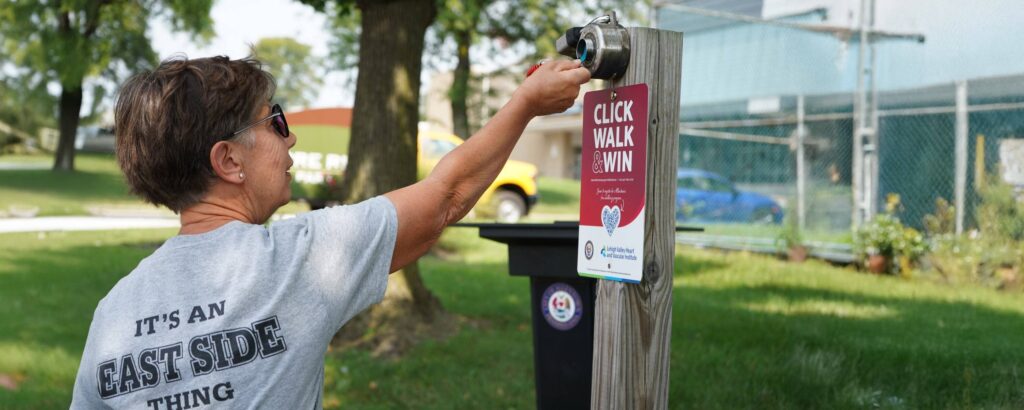The construction industry is comprised of nearly all men – 89.2% to be exact – making it the perfect industry to support its workers by offering paid or extended parental leave. According to the Bureau of Labor Statistics (BLA), only 27% of the US workforce gets paid family leave. And while the Family and Medical Leave Act (FMLA) stipulates that nearly all workers can take unpaid, job protected leave, many can’t afford to. The BLA notes that only 14% of workers in the lowest 25% wage category receive the benefit of paid leave.
As Father’s Day approaches, providing extended parental leave benefits, including paid leave, can help dads better support their families.
Parental Leave Laws
The federal FMLA allows eligible employees to take unpaid, job-protected leave for specified family and medical reasons while keeping their health insurance coverage. The FMLA allows employees to take up to 12 weeks of unpaid leave per year for the following reasons:
- the birth of a child and to care for the newborn child within one year of birth
- the placement with the employee of a child for adoption or foster care and to care for the newly placed child within one year of placement
- to care for the employee’s spouse, child, or parent who has a serious health condition
- a serious health condition that makes the employee unable to perform the essential functions of his or her job
- any qualifying exigency arising out of the fact that the employee’s spouse, son, daughter, or parent is a covered military member on “covered active duty”
Many states have extended the FMLA’s provisions or employee eligibility. As of June 2022, the states that offer benefits for parents beyond what the FMLA requires includes:
- California: Along with adding four months of unpaid family leave, the state’s Paid Family Leave insurance program provides up to eight weeks of paid leave to care for a seriously ill child, spouse, parent or registered domestic partner or to bond with a new child.
- Colorado: The state offers up to 12 weeks of paid leave for the birth of a child, adoption or fostering of a child or to care for a child with a serious health condition..
- Connecticut: The state expands on the FMLA by offering up to 12 weeks of paid leave in two years for the birth or adoption of a child or placement of a child in foster care. It also covers caring for a sick child with a serious medical condition.
- D.C.: Eligible employees in D.C. may receive up to eight weeks to bond with a new child and two weeks for prenatal care as well as eight weeks to care for a child with a serious health condition.
- Delaware: The state offers eligible employees up to 12 weeks of paid leave to care for a child after birth, adoption or placement through foster care or to care for a child with a serious health condition.
- Hawaii: The state offers employees up to four weeks, unpaid, per year for the birth of a child, placement through adoption or foster care and caring for a child with a serious health issue. Also permitted are intermittent leave for birth and adoption placement.
- Maine: Eligible employees receive up to 10 weeks of unpaid leave in two years for the birth of a child or adoption of a child.
- Massachusetts: Up to 12 weeks of paid leave to bond with a child or care for a child.
- Minnesota: The state offers eligible employees up to 12 weeks of unpaid leave for the birth or adoption of a child. It also permits employees to use personal sick leave to care for an ill or injured child.
- New Hampshire: The state offers paid leave to care for an infant in the first year after the child’s birth. Coverage also applies to employees so they can be with a child after adoption or foster placement or care for a child with a serious health condition.
- New Jersey: The state offers unpaid leave up to 12 weeks in 12 months or 56 intermittent days to care for a child any time during the first year after the child’s birth or adoption or care for a seriously ill child.
- New York: The state offers paid leave for up to 12 weeks per year for the birth of a child or placement of a child in adoption or foster care. It also covers caring for a child with a serious health issue.
- Oregon: Oregon offers up to 12 weeks of paid leave per year for the birth of a child or placement of a child from adoption or foster care as well as caring for a child with a serious health issue.
- Rhode Island: The Rhode Island Temporary Caregiver Insurance Program provides up to five weeks of paid leave for the birth, adoption or fostering of a new child and also covers caring for a child with a serious health issue.
- Vermont: Up to 12 weeks in 12 months of unpaid leave parental or family leave. The employee can substitute available sick, vacation or other paid leave for up to six weeks. Does not require spouses to share leave, which means both partners can care for the child at the same time.
- Washington: The state provides up to a total of 12 weeks of paid leave during any 12-month period for the birth of a child, the placement of a child for adoption or foster care or to care for a child with a serious health condition.
- Wisconsin: The state provides up to six weeks of paid leave for the birth or adoption of a child. It also provides up to two weeks to care for a child with a serious health condition.
Why Paid Parental Leave is Important
The idea of providing parental leave may seem like an unnecessary expense, but it is one of the benefits that employees, especially young employees, want from their employers.
According to Businessolver’s 2023 State of Workplace Empathy Review, 92% of employees identify paid paternity leave for fathers as a top empathetic benefit for employers to extend to their workforce. And only 27% of employers actually offer this benefit.
Offering this benefit could entice more workers to your company, including Gen Z, who is showing an interest in construction and trades careers. One recent report shows the most important family benefits to Gen Z include more paid paternity leave than is required and support for preparing to have a family.
Are Paid Leave Benefits Right for You?
Even though your employees might welcome a paid leave policy, employers need to make sure it aligns with any mandatory requirements. First consider:
- Compliance issues
- Buy-in from employees covering those on leave
- An inclusive plan that covers all employees
- How to communicate the policy to employees
- State rules and regulations
- Evaluating your budget
Implementing a paid parental leave policy is a big decision, but one that requires some serious consideration, especially since it could mean the difference of not only retaining your current employees but recruiting the younger generations.
Want to know more about how Arcoro can help you deliver HR and benefits for your workforce? Contact us to schedule an HR assessment.


